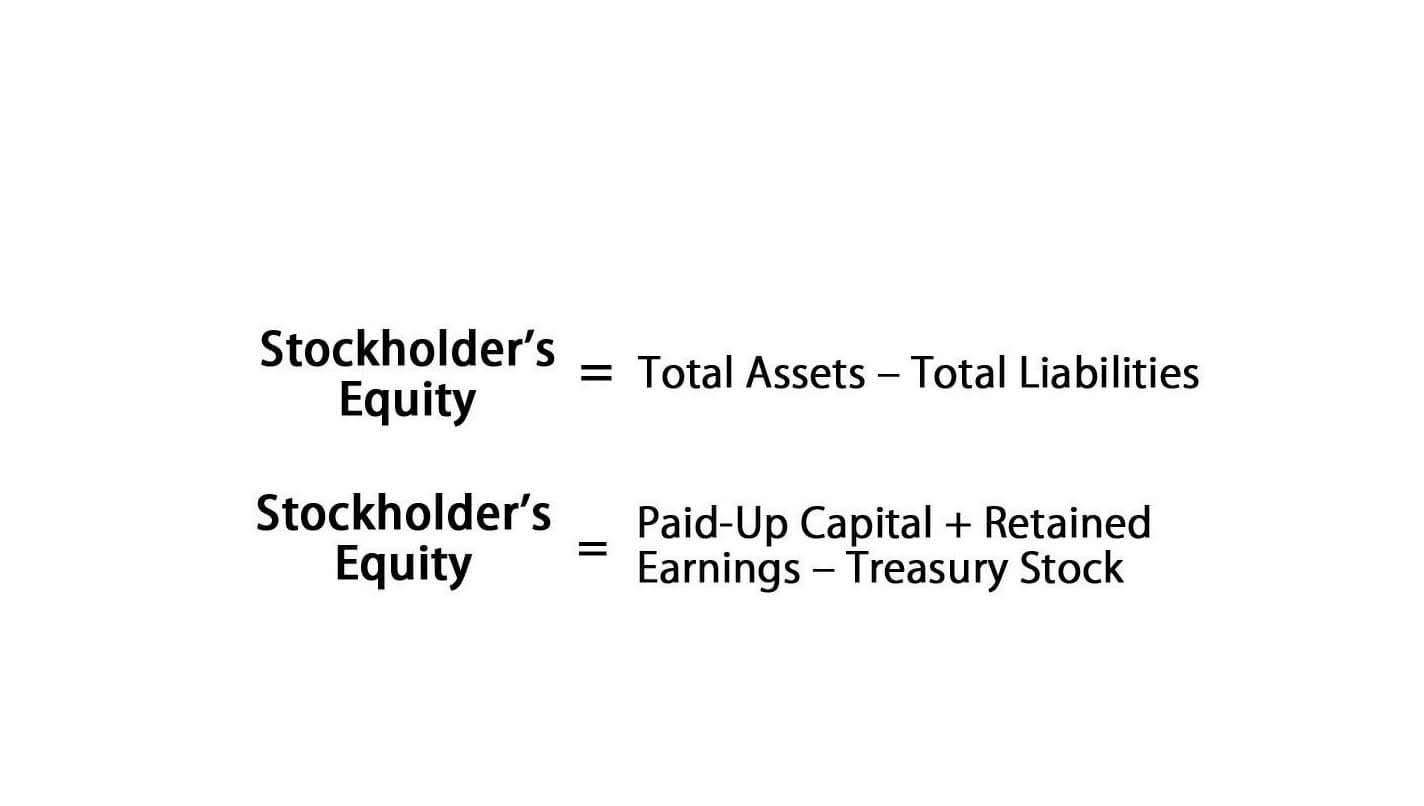Horizontal and vertical analysis Accounting and Accountability

For example, if you want to analyze the income statement of ABC Company for the year 2023, you can use 2022 as the base year and 2023 as the comparison year. The horizontal analysis will provide an overview of the historic financial performance of the stock for a specified period. Let’s perform a horizontal analysis of Facebook’s income statement items https://www.bookstime.com/ to understand the concept.

Company
Horizontal analysis, also known as trend analysis, is a powerful technique in financial analysis used to evaluate a company’s performance over a period. This comparison reveals trends and patterns that might not be immediately apparent. There are several advantages and disadvantages to financial statement analysis. Financial statement analysis can show trends over time, which can be helpful in making future business decisions.

Why Use Horizontal Analysis Across These Statements?

For example, you can compare your company’s revenue from last year to this year or your company’s net income from last year to this year. You can also compare specific expenses, such as marketing expenses or wages and salaries. By comparing data sets in this way, you can identify trends and patterns in your business performance. Financial ratio analysis delves deeper into specific aspects of adjusting entries a company’s financial performance. It uses ratios calculated from financial statement data to assess liquidity, solvency, profitability, and efficiency.
General Management Programs
That sounds terrible unless you are looking for a way of performing horizontal analysis in accounting. You need to go through the steps and apply formulas to achieve the correct output. This requires you to have the horizontal analysis formula handy as well. For example, an analyst may get excellent results when the current period’s income is compared with that of the previous quarter. However, the same results may be below par when the base year is changed to the same quarter for the previous year. To illustrate, consider an investor who wishes to determine Company ABC’s performance over the past year before investing.
- On the other hand, every item on a balance sheet is expressed as a percentage of the total assets held by the firm.
- Using this method, analysts set data from financial statements in one accounting period as a baseline and compare it with the data from other accounting periods.
- Explore 13 essential cash flow metrics and their formulas to complement your horizontal analysis of cash flow.
- The true power of horizontal analysis emerges when financial statements from different periods are placed alongside each other.
- As an alternative, vertical analysis can be carried out where each line item is calculated as a percentage of a base line item for each year.
- From a business perspective, comparing financial statements over time helps in identifying patterns and trends that can impact the overall performance.
Absolute Change Formula:

In above analysis, 2007 is the base horizontal analysis formula year and 2008 is the comparison year. All items on the balance sheet and income statement for the year 2008 have been compared with the items of balance sheet and income statement for the year 2007. Here, the baseline is taken as a hundred percent and a comparison of other accounting periods is drawn accordingly. With horizontal analysis, you look at changes line-by-line, between specific accounting periods – whether it be monthly, quarterly, or annually. With horizontal analysis, you use a line-by-line comparison (compare each line item from base to the chosen accounting period) to the totals.
A company will look at one period (usually a year) and compare it to another period. For example, a company may compare sales from their current year to sales from the prior year. The trending of items on these financial statements can give a company valuable information on overall performance and specific areas for improvement. It is most valuable to do horizontal analysis for information over multiple periods to see how change is occurring for each line item.

Horizontal or trend analysis of financial statements
- You can change your settings at any time, including withdrawing your consent, by using the toggles on the Cookie Policy, or by clicking on the manage consent button at the bottom of the screen.
- A financial analyst can manipulate the conclusions of horizontal analysis based on the year he chooses as the base year and how many accounting periods he takes into consideration for drawing the comparison.
- Thus, a few organizations move the development and benefit patterns announced in their monetary level investigation report utilizing a mix of techniques to separate business portions.
- Conversely, less favorable readings may be isolated using this approach and investigated further.
- The more popular financial statements over which Horizontal Analysis is executed are the income statement and balance sheet.
As a Senior FP&A professional, Mike has helped businesses—from Fortune 100 giants to scrappy startups—unlock tens of millions of dollars in value across industries like Entertainment and Telecom. His knack for identifying opportunities and solving complex financial problems has earned him a reputation as a trusted finance expert. Now comes the fun part—analyzing what these changes mean to business performance. Since we do not have any further information about the segments, we will project the future sales of Colgate based on this available data.
This could be revenue, expenses, or any other figures from your financial statements. Once you have this data, input it into Excel, ideally in a tabular format. Each row should represent a different financial line item, and each column should represent a different period.
